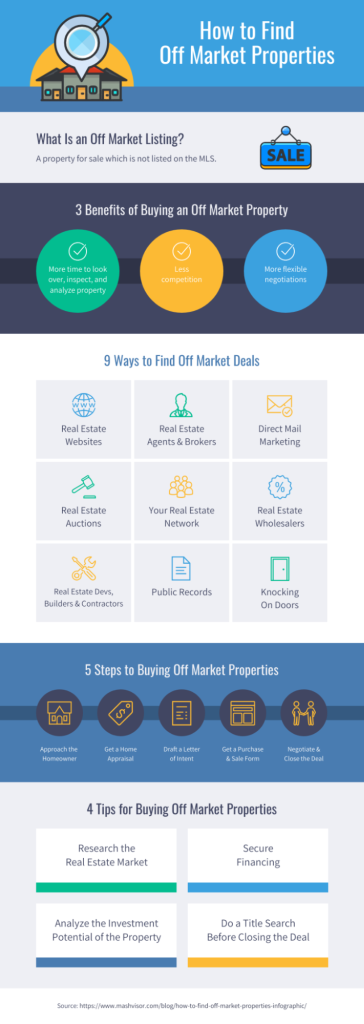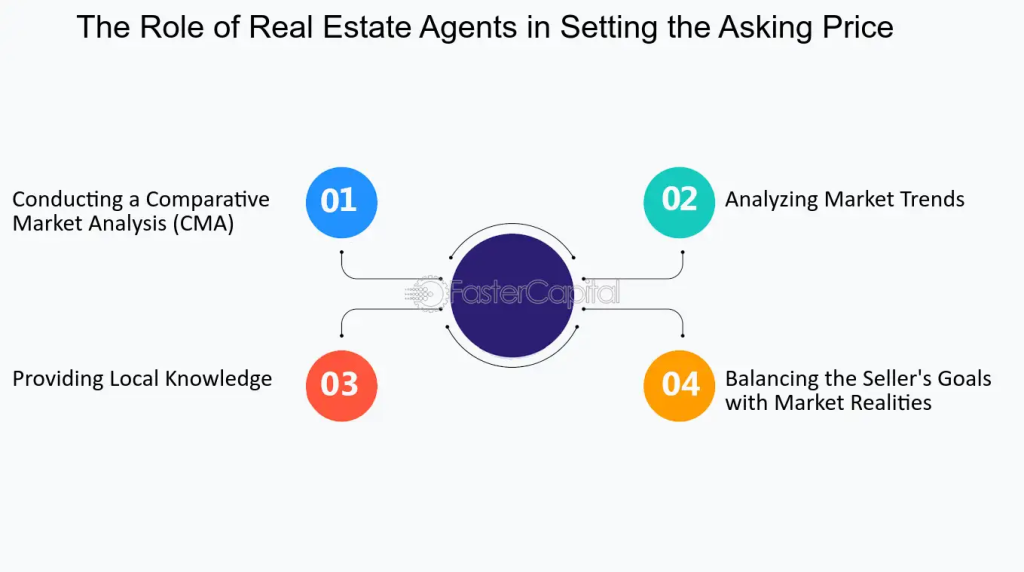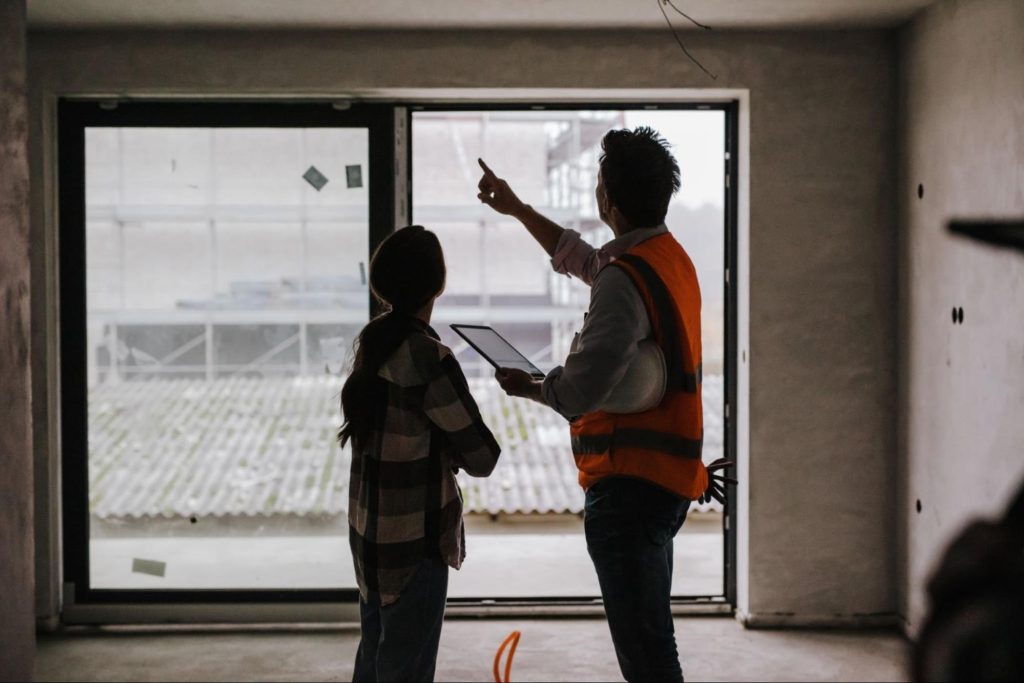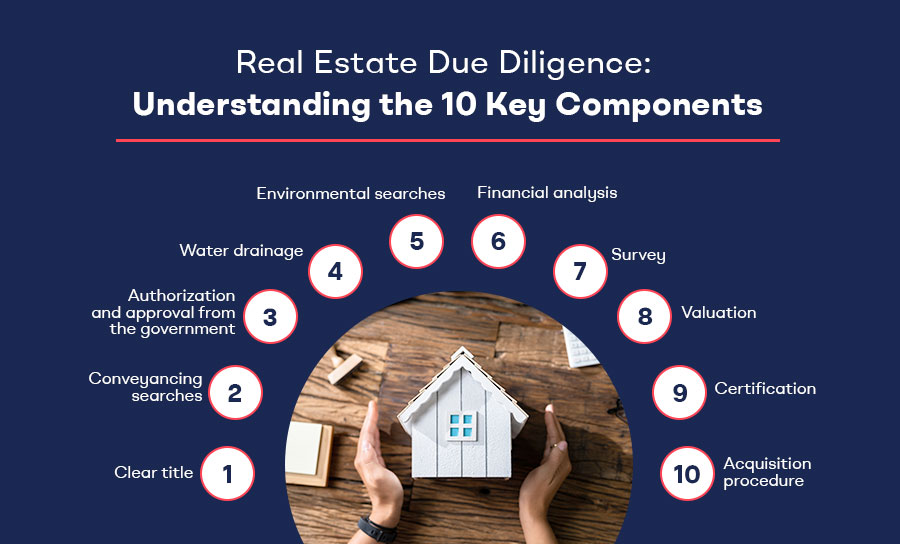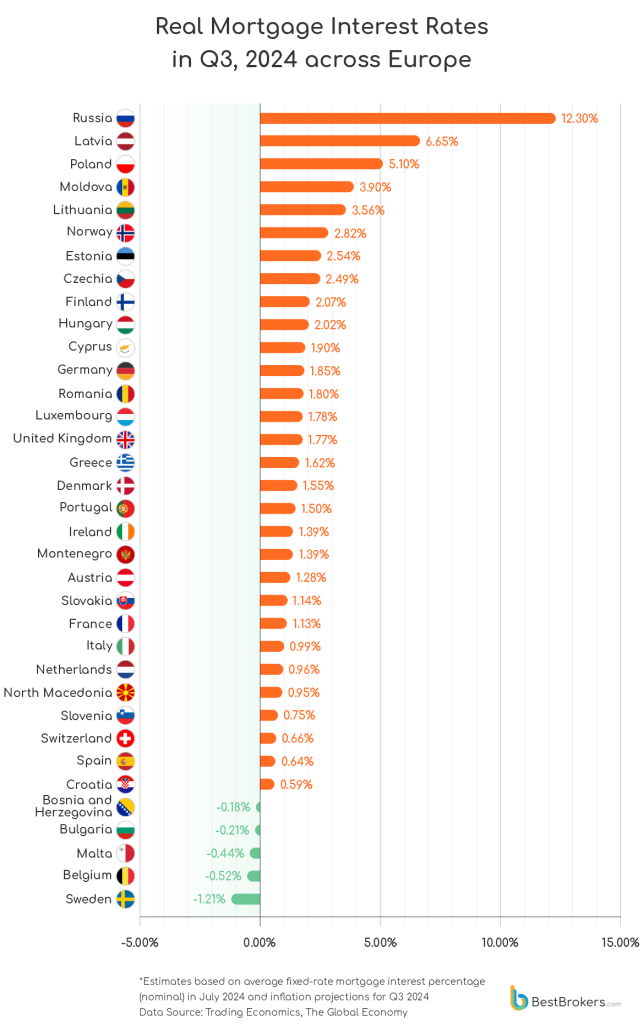Local (European-Specific) Content: Traditional Methods for Finding Investment Properties in Europe
Objetivos de aprendizaje de la lección:
- Explore Traditional and Off-Market Property Search Methods: Learn how to find investment properties through real estate portals, newspapers, auctions, y off-market deals using networking, direct outreach, y property managers.
- Understand the Role of Real Estate Professionals: Discover the benefits of working with agents and wholesalers in cities like Paris, London, and Lisbon to access exclusive deals and receive local insights.
- Master the Due Diligence Process: You will understand the importance of conducting a property inspection, checking for legal and structural issues, y researching the market to make safe investments.
- Evaluate Financing Options Across Europe: Learn about mortgages, government programs, y private lenders, and understand how interest rates vary between countries.
- Learn How to Qualify for a Mortgage: Understand the steps required to apply and qualify for a mortgage in Europe, including tips for international investors and how to improve your chances of approval.
22.1 Traditional Methods for Finding Investment Properties in Europe
Traditional methods for finding real estate investment opportunities in Europe involve leveraging publicly available listings and resources, along with working with real estate professionals who have knowledge of the local market.
Traditional Methods:
- Real Estate Portals: In Europe, websites like Rightmove (U.K.), Idealista (Spain and Italy), and ImmoScout24 (Germany) are popular for browsing available properties. These platforms allow investors to search for properties based on location, price, and property type.
- Newspaper Listings and Classifieds: Although declining in use, local newspaper listings in countries like France y Italy still feature properties for sale, particularly in rural areas.
- Real Estate Auctions: Many European countries, such as Spain y Portugal, hold real estate auctions, where distressed or foreclosed properties can be purchased at a discount.
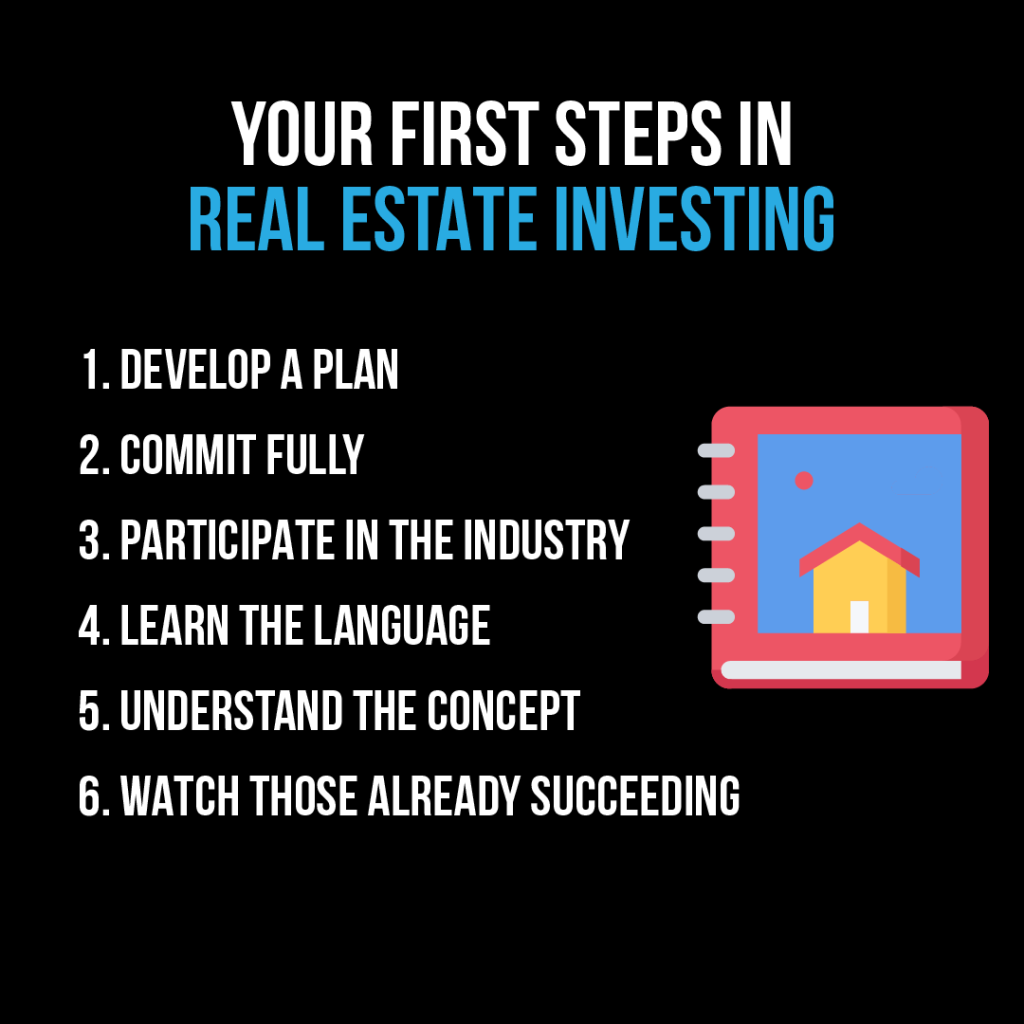
Tips:
- Research Local Trends: Keep an eye on local market trends, pricing, and economic conditions to identify areas with potential for appreciation.
- Explore Local Real Estate Agencies: In Europe, many real estate agencies specialize in specific regions or property types, making it important to engage with local experts.
22.2 Off-Market and Non-Traditional Methods for Finding Properties in Europe
Off-market properties in Europe, which are not listed publicly, can provide unique opportunities for investors to acquire real estate at favorable terms without competing in a saturated market.
Off-Market and Non-Traditional Methods:
- Networking with Property Owners: In countries like Germany y France, building a network within local real estate circles and community groups can lead to off-market opportunities.
- Direct Mail Campaigns: Sending direct mail to absentee property owners or landlords in Spain y Italy can generate leads on properties that owners may be willing to sell but have not yet listed.
- Property Management Companies: Property management firms in cities like Berlin o Amsterdam often have inside knowledge about owners looking to sell, offering investors access to properties before they hit the market.
Tips:
- Build Relationships Locally: Establishing relationships with local property managers, brokers, and investors can provide valuable insights into off-market deals.
Figure: How to Find Off-Market Properties
Descripción:
This infographic explains the concept of off-market properties, which are real estate listings not found on the Multiple Listing Service (MLS). It highlights the benefits of purchasing such properties, such as reduced competition, more flexible negotiations, and increased time for property evaluation. It further outlines nine different methods to find these deals, including real estate websites, direct mail marketing, public records, and networking with real estate professionals. The infographic also provides a five-step process for purchasing off-market properties, from approaching the homeowner to negotiating and closing the deal. Finally, it offers four key tips for buyers, emphasizing the importance of market research, securing financing, analyzing the investment potential, and performing a title search.
Conclusiones clave:
- Off-market properties are not listed on the MLS, allowing for more discreet and potentially advantageous negotiations.
- Purchasing off-market properties can reduce buyer competition and provide more time for due diligence.
- There are nine effective strategies for identifying off-market deals, such as networking, auctions, and public records.
- Following a structured process ensures a smoother transaction, from appraisal to deal closure.
- Proper preparation through market research and investment analysis is crucial for success.
Application of Information:
Understanding how to identify and purchase off-market properties is valuable for real estate investors looking to secure unique deals. These insights can help buyers gain a competitive edge, explore diverse opportunities, and negotiate on favorable terms. By applying these methods, individuals can maximize their investment returns while minimizing risks.
22.3 Working with Real Estate Agents and Wholesalers in Europe
Real estate agents and wholesalers are essential partners for investors in Europe, providing market insights and access to both on-market and off-market deals.
I. Benefits of Working with Professionals
Agentes de Bienes Raices:
- Local Knowledge: Agents in cities like Paris o London have deep knowledge of local neighborhoods, regulations, and pricing trends, helping investors find the right opportunities.
- Market Access: Agents often have access to properties before they are listed publicly, giving investors an early advantage.
Wholesalers:
- Distressed Properties: Wholesalers specialize in finding distressed or under-market properties. In markets like Portugal o Greece, wholesalers can provide access to properties in need of renovation at discounted prices.
- Fast Transactions: Wholesalers often deal in quick sales, making it easier for investors to acquire properties without the lengthy traditional sales process.
II. Strategies for Finding Trustworthy Agents and Wholesalers
- Referrals: Ask local investors for recommendations on reliable agents and wholesalers, as word-of-mouth is a valuable tool in European real estate.
- Check Track Records: Evaluate the agent’s or wholesaler’s past deals, reputation, and client reviews, particularly in competitive markets like Barcelona o Milan.

Cifra: The Role of Real Estate Agents in Setting the Asking Price
Descripción:
This infographic outlines four key roles that real estate agents play in determining the asking price for properties. It begins with Conducting a Comparative Market Analysis (CMA), where agents evaluate similar property sales to recommend an appropriate price. Analyzing Market Trends involves studying current real estate trends, such as demand, supply, and seasonal influences, to set a competitive price. Agents also leverage Providing Local Knowledge to incorporate insights about the specific area, including school districts, amenities, and neighborhood characteristics. Lastly, they focus on Balancing the Seller’s Goals with Market Realities, ensuring the asking price aligns with the seller’s expectations and the property’s fair market value.
Conclusiones clave:
- Comparative Market Analysis (CMA) helps determine a competitive asking price by comparing similar property sales.
- Market trends such as economic conditions, buyer behavior, and seasonal demand heavily influence pricing decisions.
- Local expertise ensures that the asking price reflects unique factors like neighborhood reputation and accessibility.
- Striking a balance between seller goals and market realities is crucial for optimizing property value and buyer interest.
Application of Information:
Understanding how agents set the asking price helps buyers and sellers appreciate the intricacies of property valuation. Sellers can use this knowledge to collaborate effectively with agents, ensuring a realistic price aligned with market conditions. Similarly, buyers gain insights into what factors contribute to asking prices, enabling them to negotiate wisely and assess whether a property offers good value.
22.4 Due Diligence and Property Inspections in Europe
Due diligence is crucial for European real estate investors to ensure that the property meets their investment criteria and does not come with hidden issues.
I. Importance of Due Diligence and Property Inspections
Before purchasing property in Europe, thorough due diligence helps identify potential risks and ensures that the property is a sound investment. This includes legal checks, property condition assessments, and market evaluations.
II. Assessing Property Condition and Repair Needs
Key Considerations:
- Structural Integrity: Ensure that the property is structurally sound, particularly in older European buildings in cities like Rome o Athens.
- Compliance with Local Regulations: Ensure that the property meets local building codes and regulations, especially in historical cities like Prague where properties may be subject to conservation laws.
III. Evaluating Rental Income Potential and Market Demand
Market Demand:
Assess the local rental market to ensure that there is strong demand for rental properties, particularly in high-demand cities like London o Berlin, where vacancy rates are low, and rental yields are high.
Rental Income Potential:
- Location-Specific Factors: Consider rental prices in comparable properties in the area. In Paris, for example, properties in central arrondissements often command higher rents than those in suburban areas.
IV. Conducting Title Searches and Researching Property History
Title Searches:
In Europe, title searches ensure that the property has no legal issues, such as outstanding liens or disputed ownership. It is essential in countries like France y Italy, where properties may have long and complex ownership histories.
Property History:
Research the history of the property to identify any past legal or zoning issues. In historical areas like Venice o Barcelona, previous ownership and renovations may have implications for future use.
Cifra: Real Estate Due Diligence: Understanding the 10 Key Components
Descripción:
This image highlights the ten critical components of real estate due diligence that ensure a thorough evaluation of a property before purchase. It begins with ensuring a clear title to confirm the property’s ownership. Conveyancing searches verify any legal restrictions or liens on the property. Government authorizations ensure compliance with local regulations, while water drainage assessments evaluate proper drainage and water management. Environmental searches determine the presence of potential environmental risks. A financial analysis assesses the property’s economic viability, and a survey checks for structural and physical issues. The process also involves property valuation, necessary certifications, and a structured acquisition procedure to finalize the transaction.
Conclusiones clave:
- Clear title and conveyancing searches are essential to verify property ownership and legal compliance.
- Government authorization and environmental searches ensure adherence to regulations and minimize potential environmental risks.
- Water drainage and survey assessments address property condition and functionality concerns.
- A detailed financial analysis and valuation determines the property’s market worth and investment potential.
- Certification and acquisition procedures guarantee the legitimacy and smooth completion of the purchase process.
Application of Information:
Real estate due diligence is vital for buyers to make informed decisions and minimize risks. By following these ten steps, investors and homebuyers can ensure they thoroughly evaluate all aspects of a property. This process reduces legal and financial risks, making it a fundamental step for securing profitable and sustainable real estate investments.
22.5 Financing Real Estate Investments in Europe
Real estate financing options in Europe vary by country, but investors generally have access to mortgages, private lenders, and government-backed loans.
I. Financing Options for Real Estate Investments in Europe
Common Financing Options:
- Traditional Mortgages: In countries like Germany y the U.K., investors can obtain mortgages from local banks, often with favorable interest rates. Mortgages are usually available for both domestic and foreign investors, although terms may differ.
- Government Programs: Some European countries, such as Spain y Portugal, offer government programs that provide favorable financing terms for property purchases, particularly for foreign investors or those investing in urban regeneration areas.
- Private Lenders: In markets like France y Italy, private lenders or alternative financing options may be available for investors who do not meet traditional lending criteria.
Figure: Real Mortgage Interest Rates in Q3, 2024 across Europe
Descripción:
This bar chart illustrates the real mortgage interest rates across European countries for Q3, 2024. The chart ranks countries from the highest to the lowest real mortgage interest rates. Russia leads with the highest rate at 12.30%, followed by Latvia at 6.65% and Poland at 5.10%. Conversely, Sweden showcases a negative interest rate of -1.21%, indicating more favorable borrowing conditions. Countries such as Switzerland, Spain, and Croatia feature some of the lowest positive rates, ranging from 0.59% to 0.66%. The data reflects variations influenced by economic factors such as inflation rates, monetary policies, and market conditions in each country.
Conclusiones clave:
- Russia, Latvia, and Poland exhibit the highest real mortgage interest rates in Europe, which can increase borrowing costs for homeowners in these regions.
- Sweden, Belgium, and Malta showcase negative or near-zero rates, offering borrowers opportunities to secure affordable mortgages.
- Variations in interest rates highlight the divergent economic conditions and central bank policies across European countries.
- Western European countries, such as France and the Netherlands, generally feature moderate rates below 1.5%, suggesting stable housing finance markets.
Application of Information:
Understanding real mortgage interest rates is crucial for investors and prospective homeowners evaluating financing options. Higher rates in certain countries may deter borrowing or investment, while lower rates, such as in Sweden or Belgium, can encourage property purchases. This data helps in analyzing the affordability and attractiveness of housing markets across Europe, providing valuable insights for financial planning and international property investments.
22.6 How to Qualify for a Mortgage in Europe
Qualifying for a mortgage in Europe can vary depending on the country’s lending regulations, but certain general steps apply across the continent.
I. Steps to Qualify for a Mortgage for Real Estate Investment in Europe
Common Qualification Steps:
- Proof of Income: Lenders in countries like Germany o the Netherlands require proof of stable income, typically through employment contracts, tax returns, or bank statements.
- Credit History: A good credit history is essential for securing a mortgage. In France, for example, a strong credit score increases the likelihood of obtaining favorable mortgage terms.
- Down Payment: Most European countries require a down payment of 20-30%. In Spain y Portugal, foreign investors may be required to pay a higher down payment, sometimes up to 40%.
Tips for International Investors:
- Local Residency Requirements: In some countries like Italy y Greece, it may be easier to qualify for a mortgage if the investor has residency status or a Golden Visa.
- Work with Mortgage Brokers: In countries like Spain o Portugal, working with local mortgage brokers can help navigate local banking requirements and secure better loan terms.
Información clave de la lección:
- Traditional methods like browsing real estate portals (e.g., Rightmove, Idealista), reading newspaper listings, and attending auctions are still useful in Europe. These approaches are especially valuable for locating properties in both urban and rural areas.
- Off-market methods such as networking, direct mail, and working with property management firms can help investors access properties not listed publicly. This gives buyers an edge by reducing competition and allowing for better negotiations.
- Real estate agents and wholesalers provide access to local market knowledge y exclusive listings. Agents help set realistic asking prices based on market trends, while wholesalers often bring distressed property deals ideal for renovation or quick flips.
- Conducting due diligence is critical before purchasing any property. Investors should verify ownership through title searches, assess building condition and regulation compliance, evaluate rental income potential, and research the property’s history.
- Financing options in Europe include traditional mortgages, government-backed programs, y private lenders. Interest rates vary widely—from high rates in Russia and Latvia to negative rates in Sweden—affecting how affordable borrowing is in each market.
Frase de cierre:
This chapter helps investors understand the full process of finding, analyzing, and financing real estate in Europe. From sourcing deals to ensuring the investment is sound and affordable, these insights support smart, informed decision-making for both new and experienced investors.


